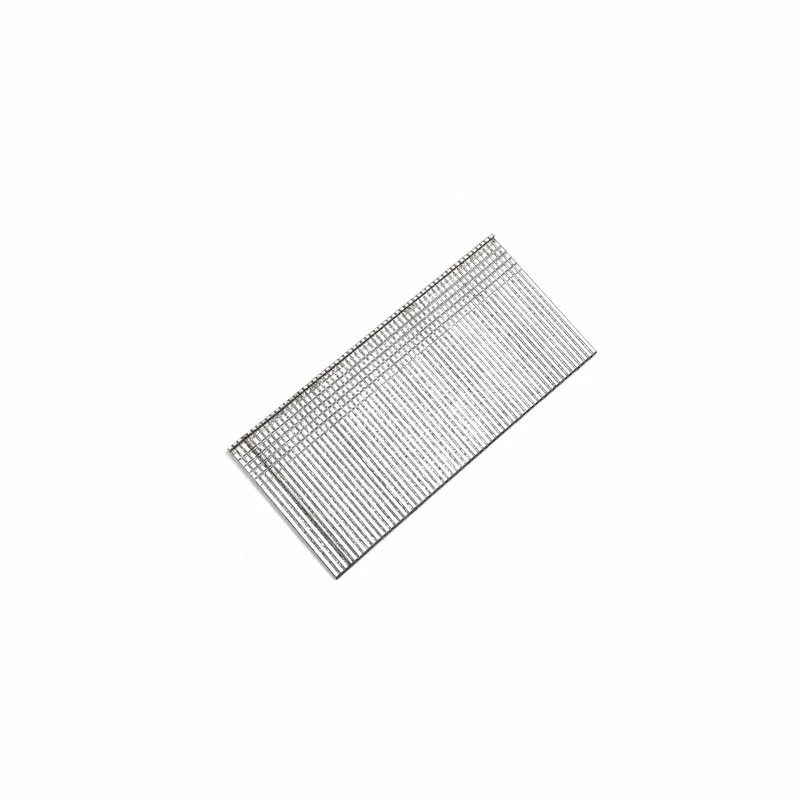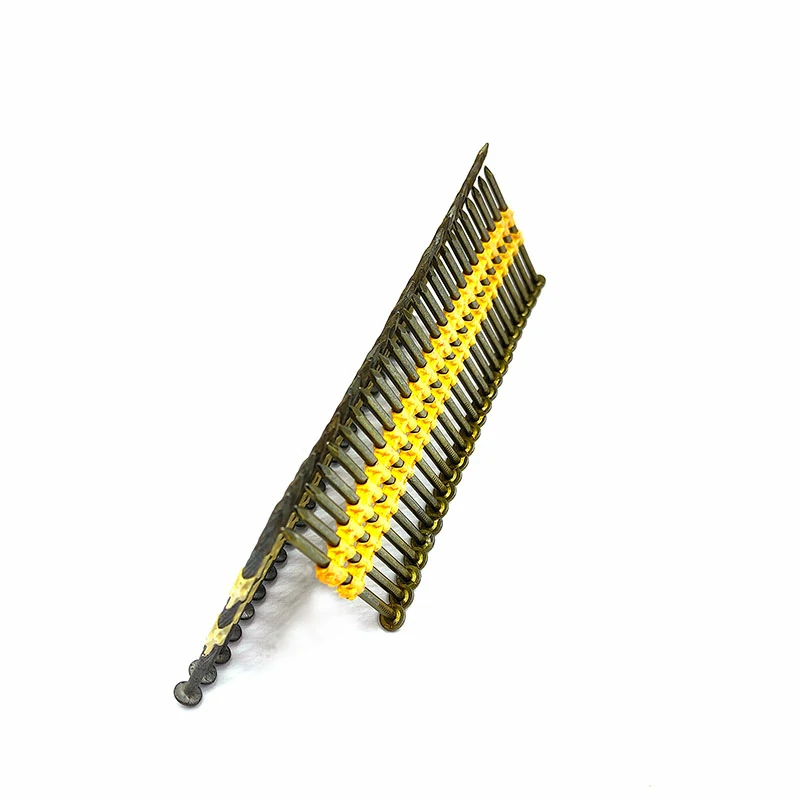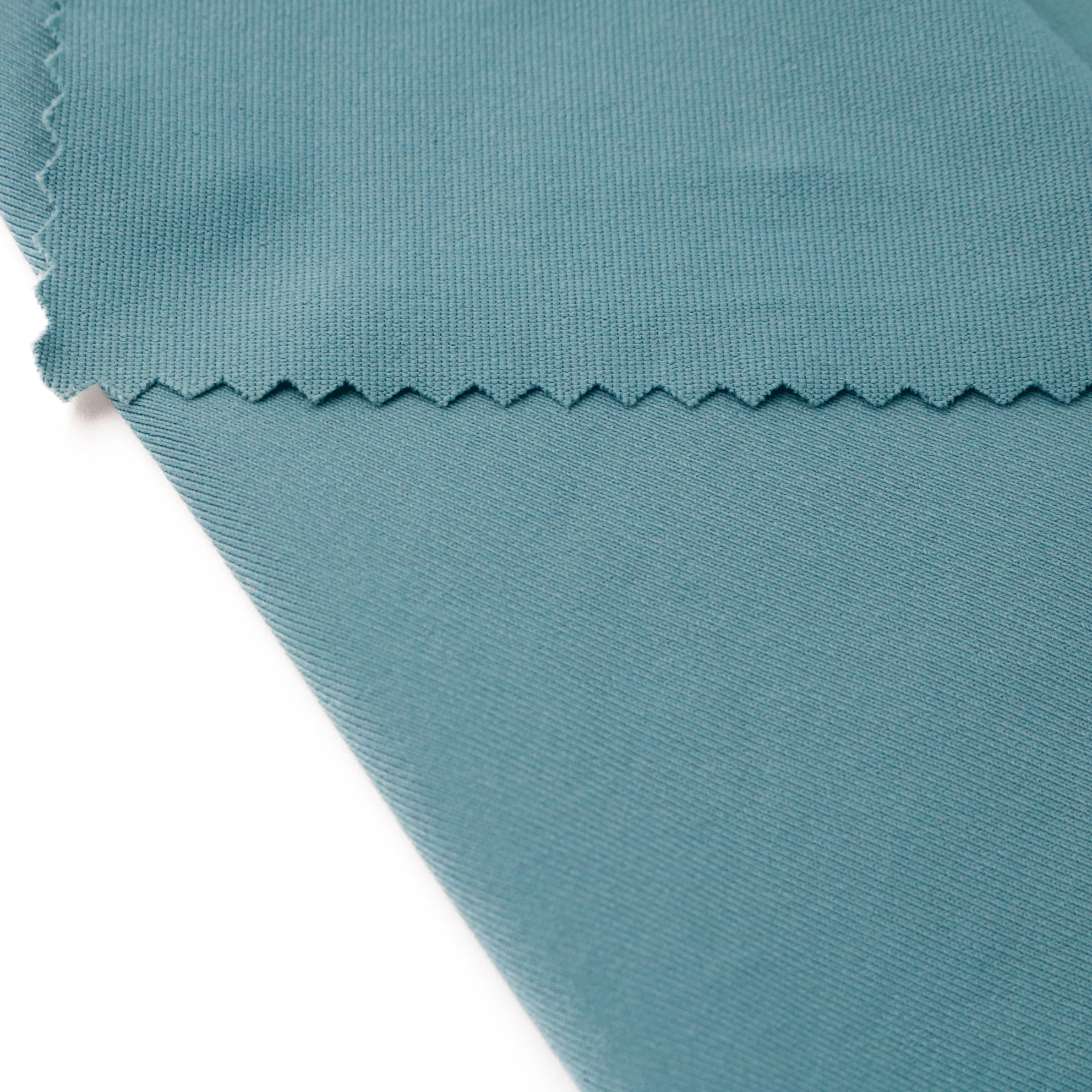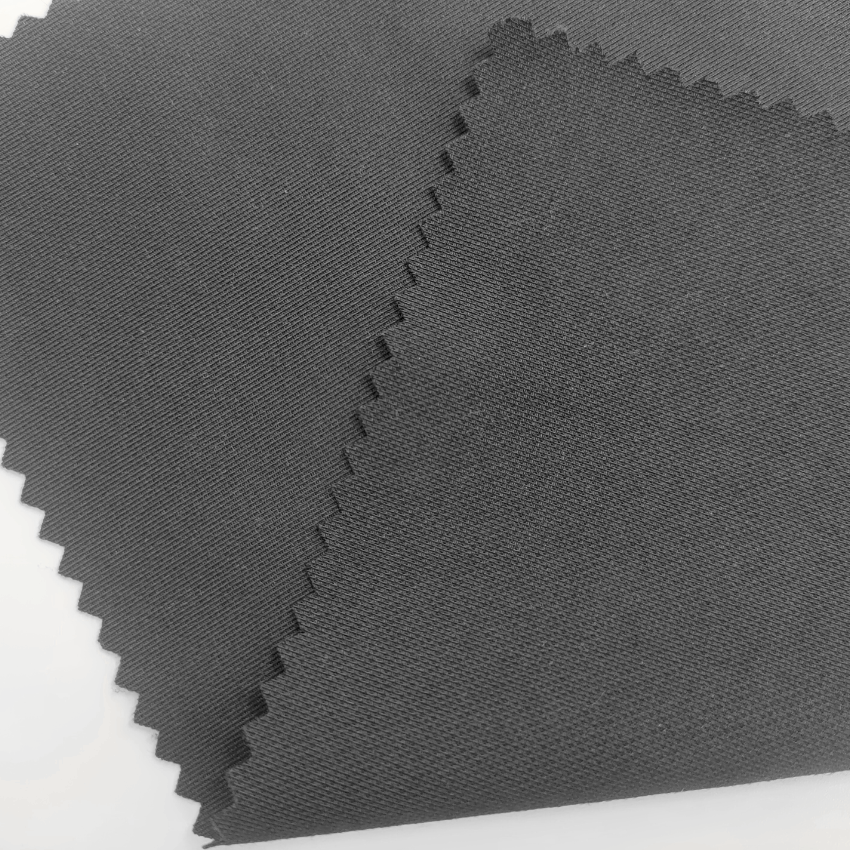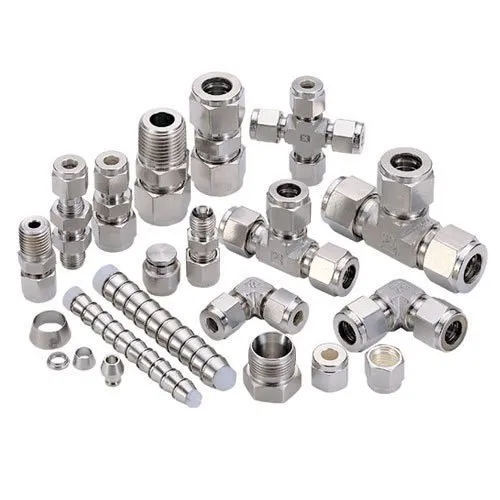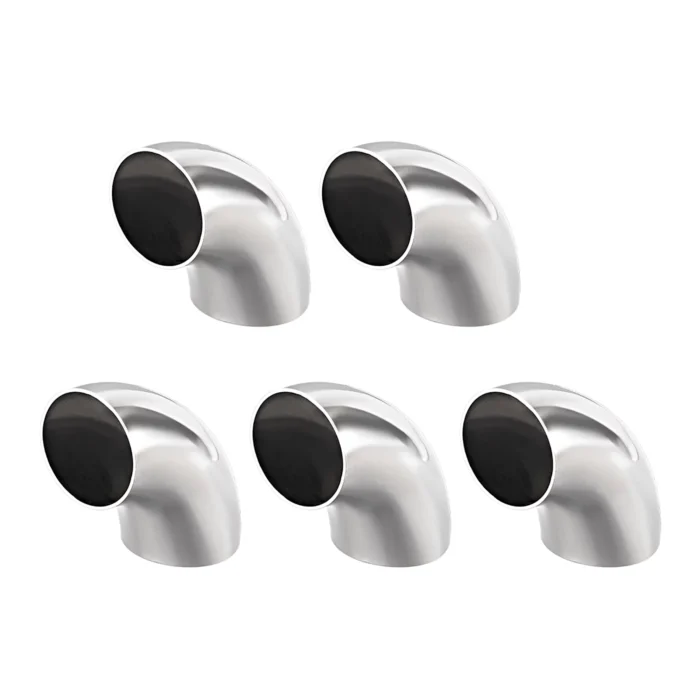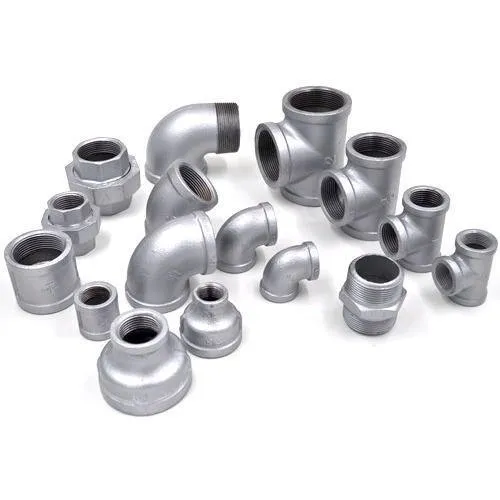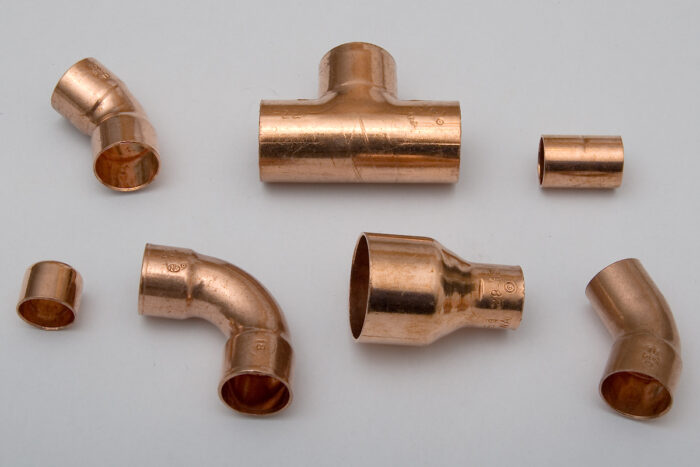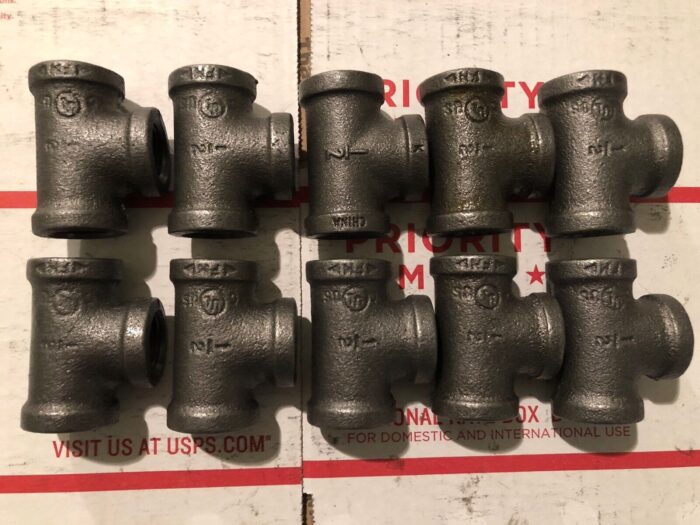Double weave fabric is a type of advanced weave made by interlacing two or more sets of warp yarns with two or more sets of filling yarns. Typically, four or five sets of yarn are used. The yarns are stitched together by weaving one on top of the other.
Warp threads are the vertical threads that run lengthwise on the loom, while weft threads are the horizontal threads that run across the loom. The interlacing of these two types of threads is what creates the unique look and feel of the double-weave fabric.
Characteristics of Double Weave Materials
Double-weave fabrics are usually made with cotton. Double weave fabric is a durable and versatile textile ideal for various uses.
When a double-weave fabric is washed, the cotton fibers expand and soften, giving the fabric a worn-in look. Here are the general characteristics of double-weave fabric:
- Generally thick
- Somewhat sheer
- Heavy
- Invertible
- Warm
- Interlaced

Types of double-weave fabrics
This type of double-weave fabric is created by interlacing two distinct layers of cloth with the same set of warp and weft threads. Regular connections between the layers create a grid-like pattern or a collection of interrelated motifs.
Tube weave is a type of double weave that involves weaving the upper and lower layers as separate tubes, which are then joined to create a double-layered fabric. This method is frequently used for cylindrical or tubular materials, such as sleeves or legs of clothing.
This technique creates varied fabrics with different patterns, colors, or textures on the front and back. It is frequently used for reversible fabrics or products that display both sides.

How are Double Weave Fabrics Made
Weaving is a complicated and rigorous process. It involves winding two strands of yarn or thread around each other to create the fabric. Double weaving, as the name suggests, involves creating two or more threads together.
Process of creating double weave fabric
The process begins with two or more threads twisting together to form the foundation for weaving, creating the warp. The weft, made up of threads interwoven with the warp threads, is then used to weave the fabric.
To simplify the process:
- The warp threads are arranged first in a specific pattern that will create the fabric.
- The weft threads are passed through the warp threads and then woven into the fabric.
- Lastly, the cloth is finished with the type or choice of border or trimming.
The process depends on the type of technique and equipment used. It is the same as any other type of weaving, with added steps to create its invertibility feature.
Shuttle Looms used to make double-weave fabrics
The shuttle loom weaves multiple layers of fabric to create intricate designs that are both beautiful and practical. This loom has greatly improved efficiency in textile production, resulting in increased output and more affordable prices. As a result, loom technology has played a significant role in shaping our world today.
The weft yarn is shuttled through the back-and-forth motion of the warp on this all-purpose loom. However, it has some significant issues such as noise and vibration, making it challenging to operate at high speeds.
Techniques Used To Create Different Patterns
Double weave fabric is a versatile textile that can create a variety of patterns and textures by interlacing two separate layers of fabric together. Several techniques can be used to create different patterns. Here are a few examples:
- One common technique is to use a different color for each layer, creating a fabric with a distinct color on each side. This allows for the creation of a reversible garment.
- Another technique involves weaving fabric in layers to create a pattern, such as stripes or checks, that appears on one side but not the other. This is accomplished by making one layer denser than the other.
- It is possible to create double-weave fabric with pockets. This is achieved by weaving pockets into one layer of fabric, and then weaving the other layer on top. The result is a fabric with pockets on one side and a smooth surface on the other.
Uses of Double Weave Fabric
The most popular application of double-weave fabric is in the fashion industry. They are quite popular in making jackets, coats, and the like.
Double-weave fabrics are also popular for home decorations. Used on couches as covers, and even floor carpets. Its thickness and comfort are the reasons for this.
Its thermal resistance makes it a preferred choice in industrial fields.
Pros and Cons of Double Weave Fabric
Double weave fabric is a durable type of fabric woven on a double-layered loom. It is ideal for items like upholstery, bags, and winter clothing. However, it can also be heavy and difficult to work with, making it challenging for beginners or those who are not experienced with sewing.
Double-weave textiles are typically thick and robust. There is no right or wrong side, so it can be used from either.
Double-weave fabrics may not be suitable for everyone as some people may be allergic to their materials. Additionally, since it is manufactured using special materials, it can be quite expensive, which affects both its production and price.
Due to its thickness and texture, double-weave textiles easily accumulate dust and dirt. Therefore, it requires thorough cleaning.
Overall, double-weave fabrics are a versatile option to consider for various purposes.
Conclusion
Double weave fabric is an advanced weave with complex construction. It utilizes at least two sets of warps and two sets of weft to create two textiles, one on top of the other.
Double weave fabric is a versatile material that is ideal for designing a wide variety of stylish and functional fashion items. Whether creating a winter coat or a summer dress.
